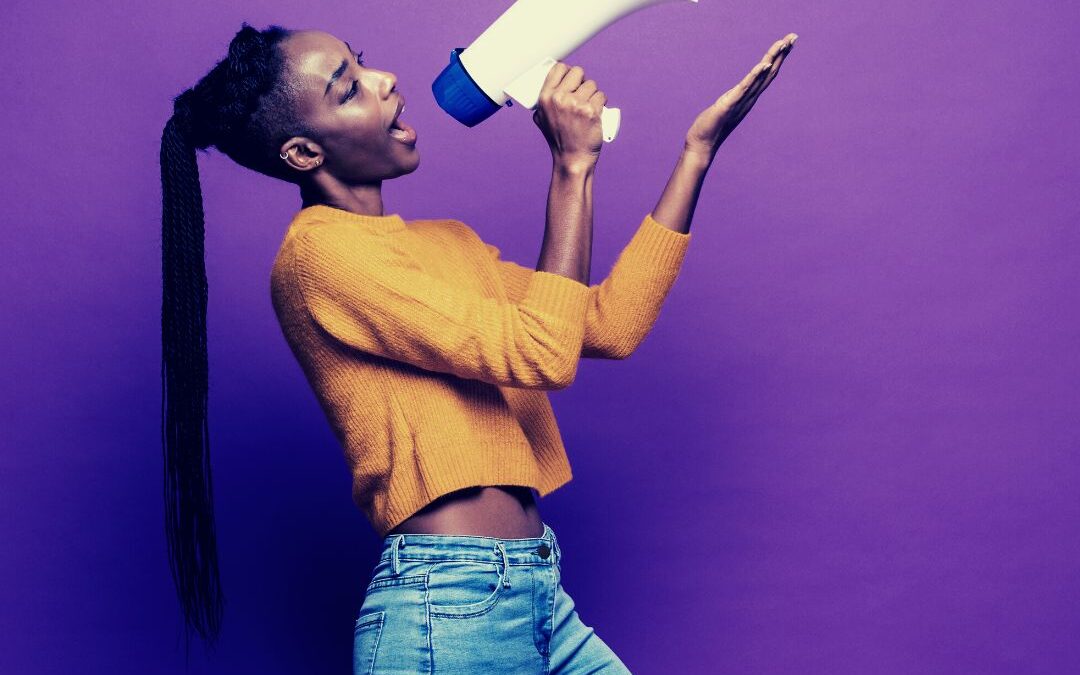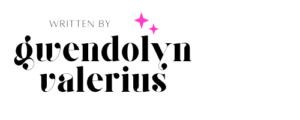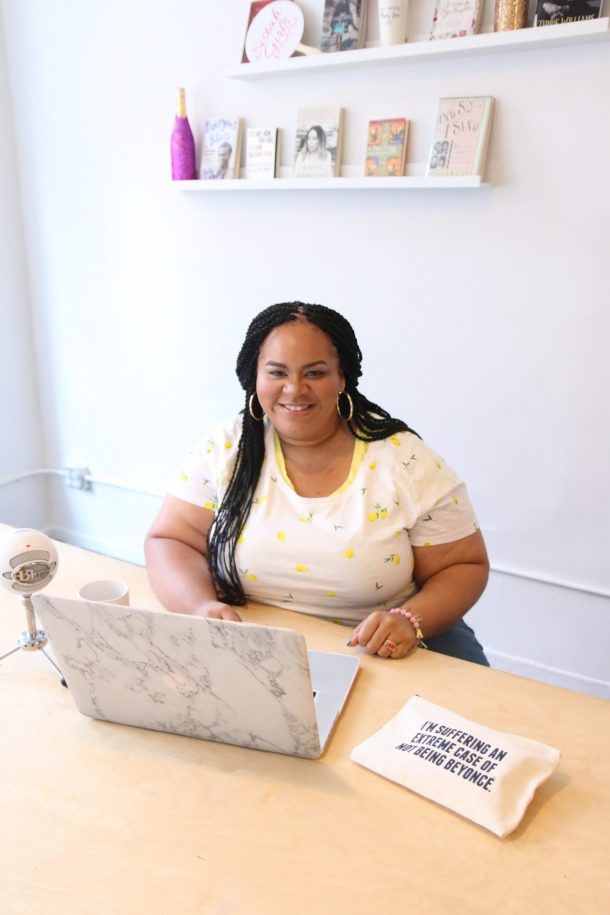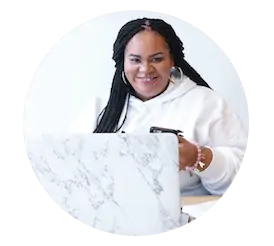Implicit bias. We’ve heard the term and maybe even used it or accused someone else of taking actions based in it, but what does it actually mean?
Also known as unconscious bias, implicit bias can be defined as the attitudes and beliefs that occur outside our conscious awareness and control. It’s bias that occurs automatically and unintentionally, affecting our behaviors relating to race, ethnicity, nationality, gender, and other distinctions.
As Jessica Schrader of Psychology Today put it, we are influenced in a systematic manner (i.e., we are biased) by elements in our environment (i.e., skin color, gender, etc. of person) even though we did not intend to be influenced and were focusing on other things.
This bias is considered a normal behavior for everyone, but becomes especially dangerous when it influences hiring practices, student and employee evaluations, law enforcement and criminal proceedings.
A Brief History
Though some consider the term implicit bias divisive, it’s been a key part of the dialogue on race in America over the last 10 years. But this concept isn’t new. Its origins began in a 1989 study by psychologist Larry Jacoby.
On day one of the study, they gave participants a list of “old not-famous” names from the phone book to review. On day two, participants received a new list that included the old not-famous names from the previous day, as well as new not-famous names, and names of actual famous people.
The participants were then told to sort the names into two groups—famous and not-famous. The results? The sorting errors occurred almost exclusively from the old not-famous names, which the participants mistakenly sorted into the famous pile—revealing the unconscious influence past experiences have on our perception and memory.
One year later, when Mahzarin Banaji, then a graduate student at Yale, requested these findings, she was puzzled to find that all the names used on the lists were male. She then repeated the experiment using a mix of names and discovered that non-famous females weren’t suddenly mistaken as famous as those in the male group.
These results led Banaji to wonder if the participants were consciously deciding that vaguely familiar men were more likely to be celebrities than vaguely familiar women were. After speaking with the participants—each one insisting that sexism had nothing to do with their choices—she dug deeper into the unconscious reactions of the human mind.
Over the next few years, Banaji, along with psychologists Anthony Greenwald and Brian Nosek, developed what is now known as the Implicit Associations Test.
This test measures the strength of associations between different concepts and evaluations by asking the user to categorize certain words and images and measuring the response time for users to group certain stimuli together.
Simply put, it measures how quickly (and unconsciously) you evaluate certain images, groups, or words as good or bad.
So what does this have to do with Black readers?
In today’s social climate, where implicit bias is often viewed as “white people’s problems,” (because the effects of their biases often played out in harmful ways towards minorities) it’s important to recognize that the Implicit Associations Test found that Black participants, too, were like to exhibit implicit bias towards Black people.
To know how this happens is to understand that we’re exposed to the same negative narratives, stereotypes, and images about our culture as white people. It’s almost inevitable that it colors our perception of ourselves.
I’ve seen this first-hand in the natural hair community i.e., the obsession with curl definition which, at its roots, is ultimately based on the oft-unconscious negative connotations of tightly coiled, kinky hair. Or with skin tone, where some in our community both consciously and unconsciously exhibit preferences for lighter hues.
These unconscious reactions can affect everything from the clothes we decide to wear to the books we select. Now, you might say, “Wait a minute, all my books are by Black authors, thank you very much,” and while that might be true, it doesn’t exempt you from the possibility of having biased thoughts when you read them.
The implicit bias of Black readers toward Black characters and experiences can affect the interpretation of a story including:
Stereotyping
Whether you accept the Black Superwoman trope or the idea that Black man + braids = thug, the stereotypes you hold about the Black community can and will influence how you interpret the actions or behaviors of characters.
This might look like labeling a character that uses AAVE (African-American Vernacular English) as uneducated or “ghetto”.
Misreading Intentions
The unconscious biases you hold can also lead to a misreading of the intentions of characters and an interpretation of their actions that’s malicious or negative, even if there’s no evidence in the story to support that interpretation.
For instance, instead of showing a character grace for their poor choices, you may see their misfortune as a fair price to pay for their chosen lifestyle.
Confirmation bias
This is defined as the tendency to search for, interpret, favor, and recall information in a way that confirms or supports one’s prior beliefs or values.
Instead of approaching stories with an open mind, the coupling of these biases might lead you to look for evidence that supports your negative views about the characters or communities represented.
So, if you unconsciously associate wealthy Black people with being “Uncle Tom’s,” you might see the character’s choosing comfort over risk-taking as confirmation of their conformance to the white gaze instead of as an act of self-preservation.
Lost Experiences
When we avoid certain genres of Black literature because our unconscious bias tells us we “can’t relate,” we lose the opportunity to explore the world through a different perspective.
This is a double-edged sword because it not only limits the readership of Black authors, it leads to the assumption that certain Black stories have lesser value and thus aren’t worthy of being acquired for publishing.
How to identify and eliminate implicit bias from your reading experience
Jennifer Eberhardt, a professor of psychology at Stanford University, believes we’re more likely to interpret through our implicit biases when we’re thinking and moving fast. To manage it, we have to slow down and think carefully.
When we automatically dismiss a book just from looking at its cover or having immediate aversions to certain characters or situations in a story, it may be worth it to dig deeper to understand those reactions.
There may be specific reasons you aren’t interested—for me, I entertain nothing in the Horror genre because I don’t like the way it affects my psyche.
But if you find yourself dismissing a title because of the character’s ethnicity, religion, social status, etc., or dismiss certain viewpoints held by the characters, it’s worth asking yourself what you believe about the topic or people represented in the story, and be honest about how your assumptions affect your interpretation.
Examining and realizing the biases you hold and the Black literature or characters you avoid because of them isn’t going to magically make them disappear. It will, however, help you approach such stories with an open mind and interpret them in a way that doesn’t devalue the perspectives and experiences presented.
If you’d like to expose and understand your implicit biases, click here to take Project Implicit’s Social Attitudes test.




I was just having this convo with another Black author! Thank you for your in-depth and concise analysis. Passing it along!
Thanks so much, Sable! I’m happy to hear that others are having this conversation. The two most common biases I’ve seen are that a book isn’t Black enough because the character’s aren’t from the hood, or the book is inferior because they’re from the hood. How have you seen it show up?
Oh my God. This is amazing!
Hey Rosemary! Thanks so much for reading.